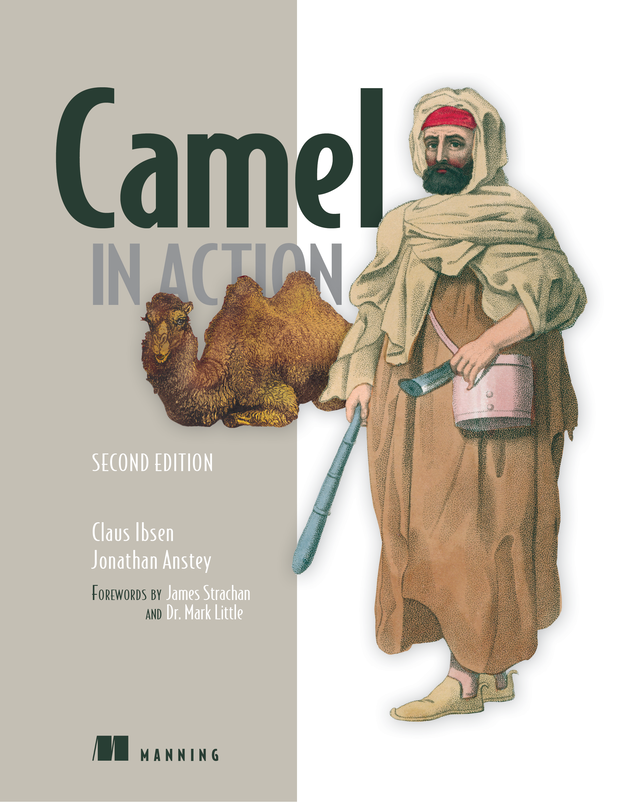Camel in Action, Second Edition is the most complete Camel book on the market. Written by core developers of Camel and the authors of the highly acclaimed first edition, this book distills their experience and practical insights so that you can tackle integration tasks like a pro.
Enterprise
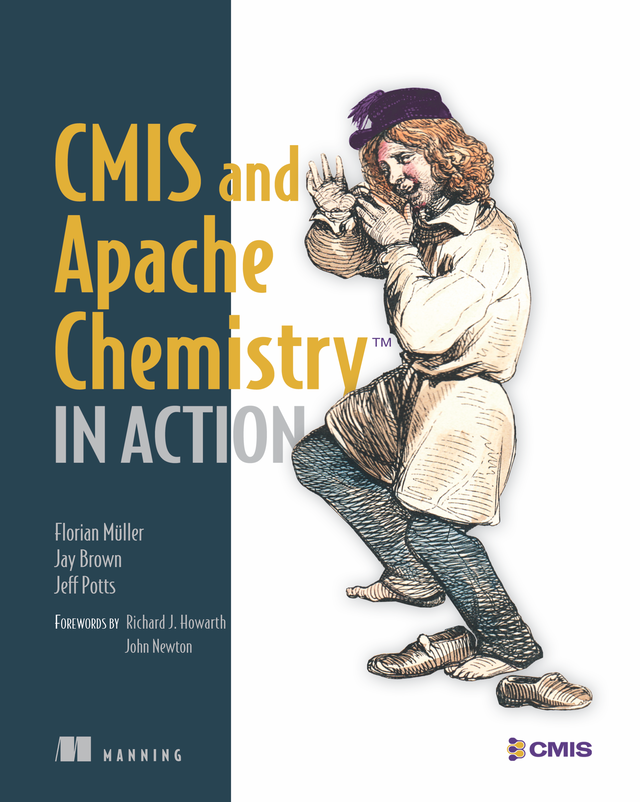
CMIS and Apache Chemistry in Action is a comprehensive guide to the CMIS standard and related ECM concepts, written by the authors of the standard. In it, you'll tackle hands-on examples for building applications on CMIS repositories from both the client and the server sides. You'll learn how to create new content-centric applications that install and run in any CMIS-compliant repository.
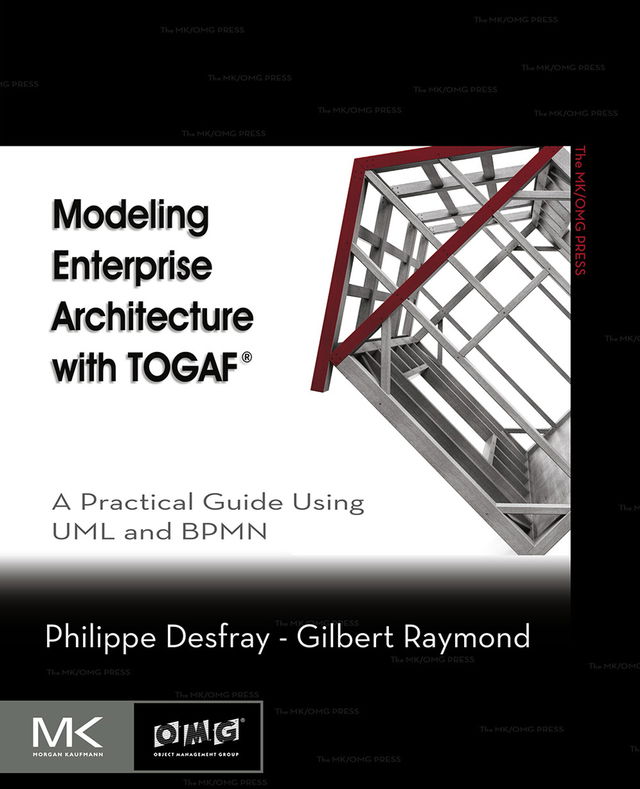
Modeling Enterprise Architecture with TOGAF explains everything you need to know to effectively model enterprise architecture with The Open Group Architecture Framework (TOGAF), the leading EA standard. This solution-focused reference presents key techniques and illustrative examples to help you model enterprise architecture.
This book describes the TOGAF standard and its structure, from the architecture transformation method to governance, and presents enterprise architecture modeling practices with plenty of examples of TOGAF deliverables in the context of a case study.
Although widespread and growing quickly, enterprise architecture is delicate to manage across all its dimensions. Focusing on the architecture transformation method, TOGAF provides a wide framework, which covers the repository, governance, and a set of recognized best practices. The examples featured in this book were realized using the open source Modelio tool, which includes extensions for TOGAF.
- Includes intuitive summaries of the complex TOGAF standard to let you effectively model enterprise architecture
- Uses practical examples to illustrate ways to adapt TOGAF to the needs of your enterprise
- Provides model examples with Modelio, a free modeling tool, letting you exercise TOGAF modeling immediately using a dedicated tool
- Combines existing modeling standards with TOGAF
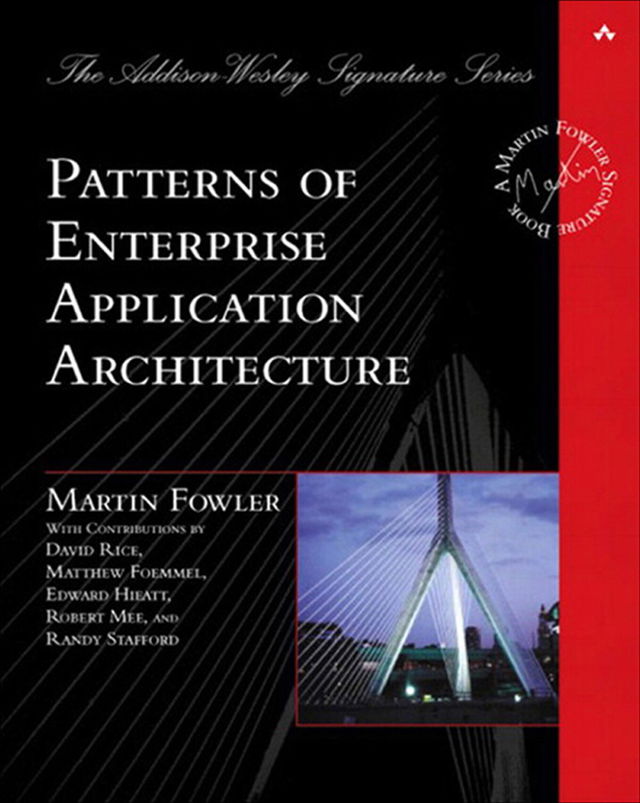
The practice of enterprise application development has benefited from the emergence of many new enabling technologies. Multi-tiered object-oriented platforms, such as Java and .NET, have become commonplace. These new tools and technologies are capable of building powerful applications, but they are not easily implemented. Common failures in enterprise applications often occur because their developers do not understand the architectural lessons that experienced object developers have learned.
Patterns of Enterprise Application Architecture is written in direct response to the stiff challenges that face enterprise application developers. The author, noted object-oriented designer Martin Fowler, noticed that despite changes in technology--from Smalltalk to CORBA to Java to .NET--the same basic design ideas can be adapted and applied to solve common problems. With the help of an expert group of contributors, Martin distills over forty recurring solutions into patterns. The result is an indispensable handbook of solutions that are applicable to any enterprise application platform.
This book is actually two books in one. The first section is a short tutorial on developing enterprise applications, which you can read from start to finish to understand the scope of the book's lessons. The next section, the bulk of the book, is a detailed reference to the patterns themselves. Each pattern provides usage and implementation information, as well as detailed code examples in Java or C#. The entire book is also richly illustrated with UML diagrams to further explain the concepts.
Armed with this book, you will have the knowledge necessary to make important architectural decisions about building an enterprise application and the proven patterns for use when building them.
The topics covered include
- Dividing an enterprise application into layers
- The major approaches to organizing business logic
- An in-depth treatment of mapping between objects and relational databases
- Using Model-View-Controller to organize a Web presentation
- Handling concurrency for data that spans multiple transactions
- Designing distributed object interfaces
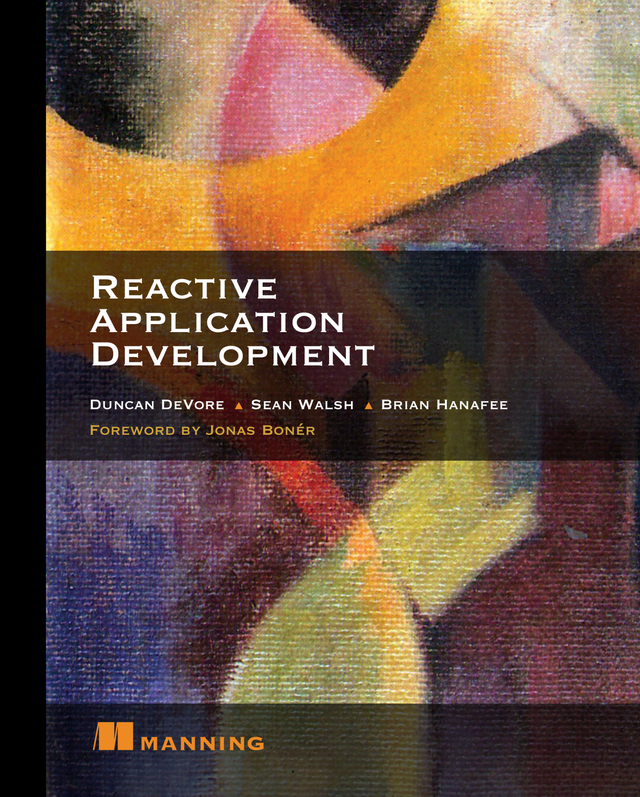
Reactive Application Development teaches you how to build reliable enterprise applications using reactive design patterns. This hands-on guide begins by exposing you to the reactive mental model, along with a survey of core technologies like the Akka actors framework. Then, you’ll build a proof-of-concept system in Scala, and learn to use patterns like CQRS and Event Sourcing. You’ll master the principles of reactive design as you implement elasticity and resilience, integrate with traditional architectures, and learn powerful testing techniques.

SonarQube in Action shows developers how to use the SonarQube platform to help them continuously improve their source code. The book presents SonarQube's core Seven Axes of Quality: design/architecture, duplications, comments, unit tests, complexity, potential bugs, coding rules. You'll find simple, easy-to-follow discussion and examples as you learn to integrate SonarQube into your development process.
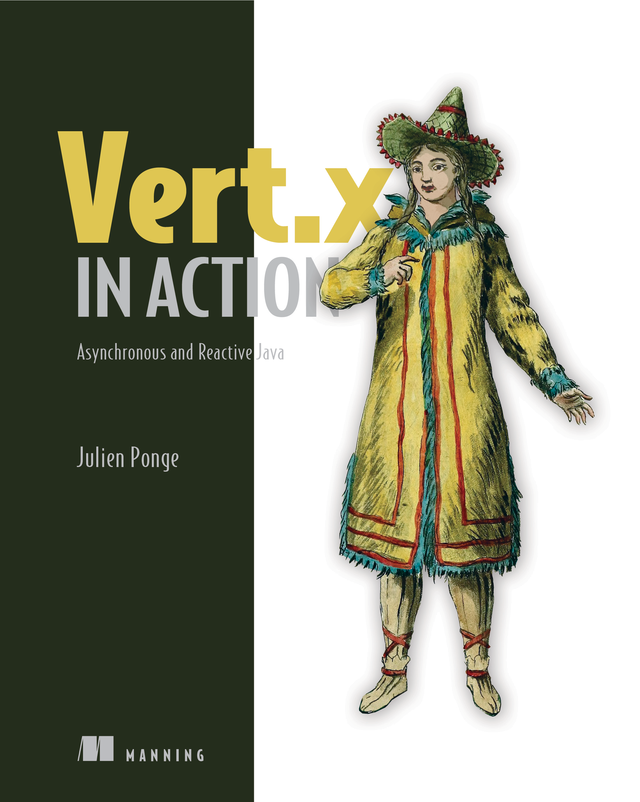
As enterprise applications become larger and more distributed, new architectural approaches like reactive designs, microservices, and event streams are required knowledge. The Vert.x framework provides a mature, rock-solid toolkit for building reactive applications using Java, Kotlin, or Scala.
Vert.x in Action teaches you to build responsive, resilient, and scalable JVM applications with Vert.x using well-established reactive design patterns.
